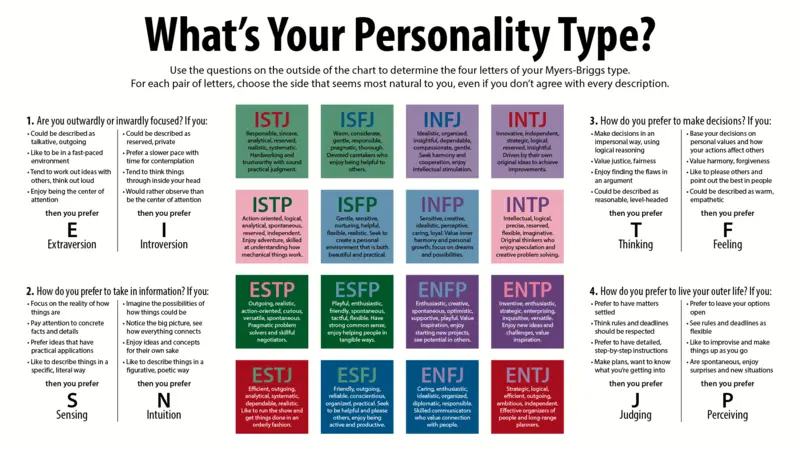Book Now Published! 16 MBTI: The INTJ Personality in Love and Relationships – INTJ Signs of Love and How to Attract INTJs Love Advice and Personal Stories by INTJ’s and Loved Ones
16 MBTI: The INTJ Personality in Love and Relationships; INTJ personality type and advice, signs of attraction, and how to attract INTJs tips. INTJ signs of love. Book Now Published and on Sale! This is a book for INTJs, friends of INTJs, and lovers of INTJs who share their stories and advice on love and relationships. MBTI Enthusiast, best-selling author, and award-winning Dr. Sherlock Keys has researched and met many INTJs and loved ones for this book. In this book 16 MBTI: The INTJ Personality in Love and Relationships: INTJ Signs of Love and How to Attract INTJs – Love Advice and Personal Stories by INTJ’s and Loved Ones , what makes it unique is that the sources are from INTJs themselves and their loved ones as they share their experiences and advice on love and relationships. You will read and learn about INTJ signs of attraction and INTJ signs of interest.


























